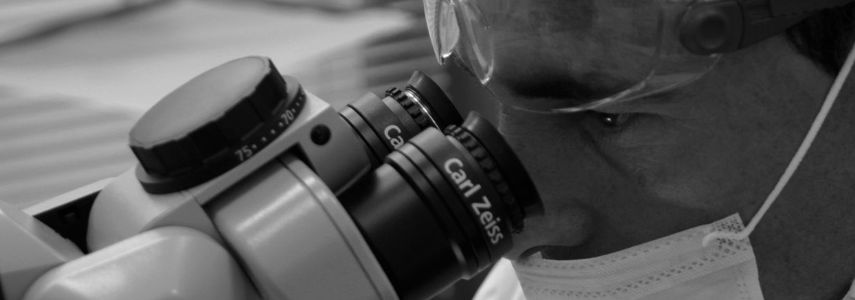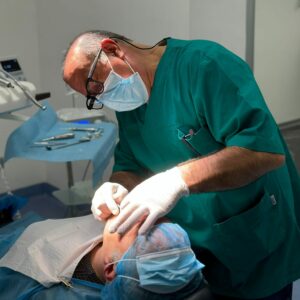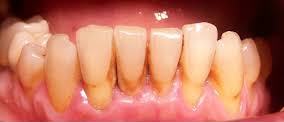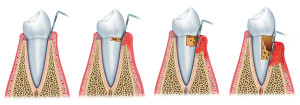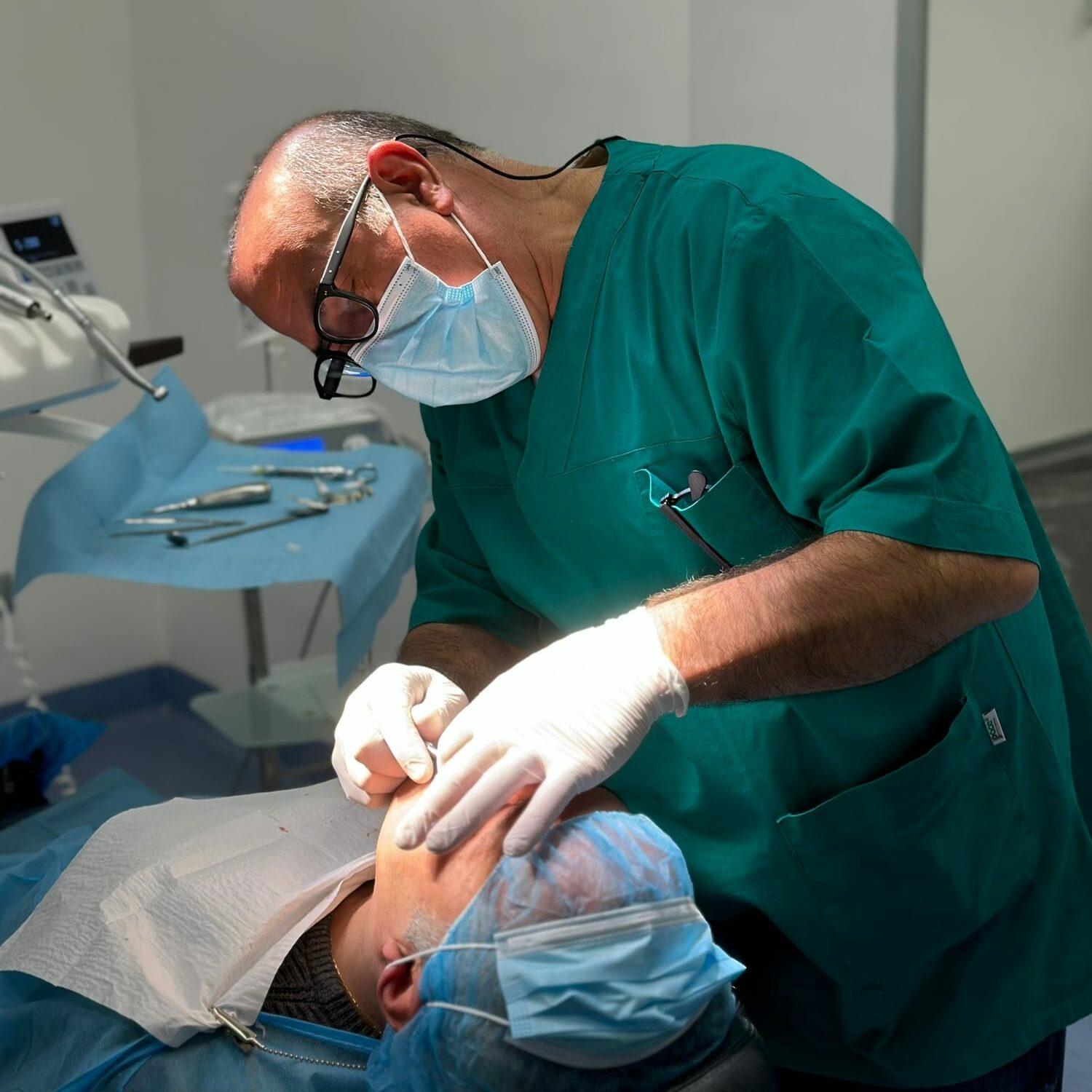When we talk about excellence in the field of dentistry we underline two main aspects: the qualified experience of the dentist and the possibility of accessing the use of innovative instruments with high technological performance. A winning combination.
For years our dental center located in via Settembrini, 6 in Milan has been equipped with cutting-edge tools. We stand out, for example, for the use of very high quality operating microscopes, instruments that are still not very widespread today, not only for microsurgery.
High-tech instruments: advantages for dentist and patient
Technology, in whatever field it is applied, has the purpose of enhancing man’s capabilities.
The dentist works in a very narrow field of action: our mouth. In any dental intervention it is therefore necessary, in order to have the maximum possible visibility, to have the area widely illuminated and the possibility of intervening, even on very very small anatomical sections, with maximum precision.
Magnifying tools
To enlarge the intervention area, two types of dental instruments are used: the magnifying glasses or the 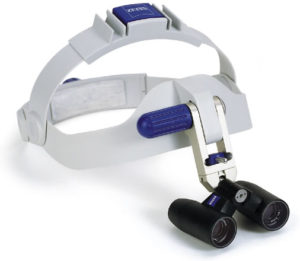 operating microscope.
operating microscope.
The magnifying glasses are fixed to the dentist’s head, therefore follow his movements, and need a distance of between 30 and 40 cm for focusing. They manage to enlarge the intervention area from 2.5 to 5x.
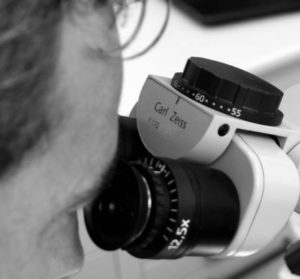 The operating microscope is not fixed to the dentist’s body, but is easy to handle and allows optimal focus, the magnification capacity is between 2.5 and 25x; another advantage is the possibility to shoot, in real time, digital still images of the area concerned. This makes the operating microscope very useful both in the diagnostic and in the surgical phase.
The operating microscope is not fixed to the dentist’s body, but is easy to handle and allows optimal focus, the magnification capacity is between 2.5 and 25x; another advantage is the possibility to shoot, in real time, digital still images of the area concerned. This makes the operating microscope very useful both in the diagnostic and in the surgical phase.
Of the two, the operating microscope is certainly the most innovative and most useful. This instrument has the function of greatly increasing the visual potential of the dentist who, with an enlarged and directly illuminated visual field, can operate with maximum precision and with almost imperceptible movements in the affected area.
An enlarged view is useful for carrying out any type of intervention with the utmost precision, from the simplest, as can be a deep cleaning, to the most invasive. Thanks to the operating microscope, the dentist can also benefit from a more comfortable posture because he does not need to tilt the head to focus on the intervention area. A standing position allows the dentist to operate in a much easier way and without interfering with the light beam.
When using the operating microscope
Tools such as the operating microscope are used to treat various pathologies:
Periodontitis treatment
For periodontal therapy it is essential to preserve the tissues, the therapeutic approach is therefore increasingly minimally invasive. The operating microscope in this case helps to drastically reduce tissue trauma with greater patient benefit and also much shorter healing times.
Oral surgery
Even in the field of oral surgery, the tendency is to limit the incisions as much as possible and to use very fine threads for any stitches to reduce trauma and facilitate rapid rehabilitation. Practices that would be impossible without the possibility of operating on an area adequately enlarged by the operating microscope.
Implantology
The precision of the images provided by such advanced technological instruments allows the insertion of implants and prostheses perfectly integrated with the patient’s anatomy.
The magnifying instruments and in particular the operating microscope therefore help the dentist to reach even the least visually accessible parts of the mouth. The precision of the instruments allows to limit as much as possible the error margins, guaranteeing the patient an excellent intervention.




